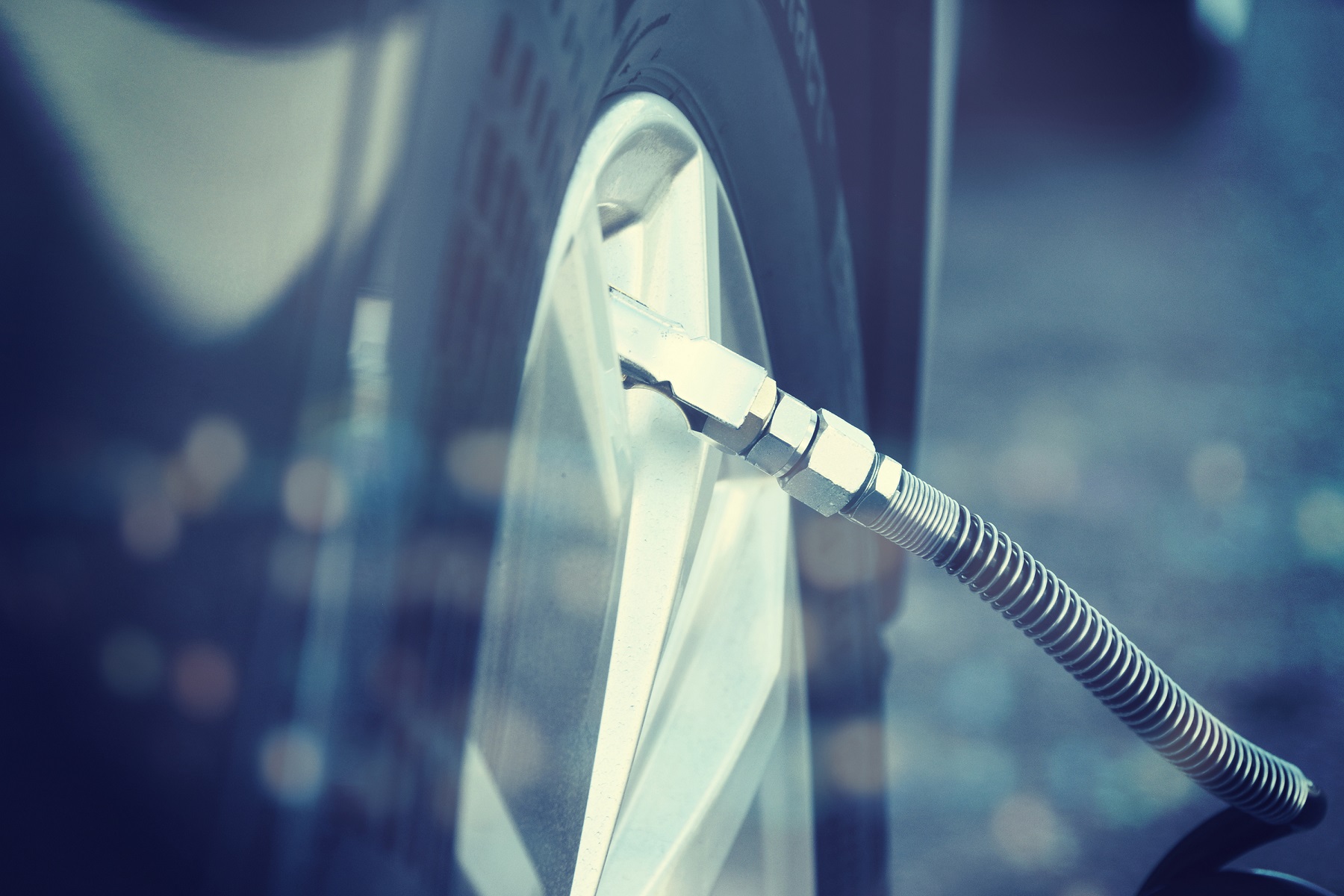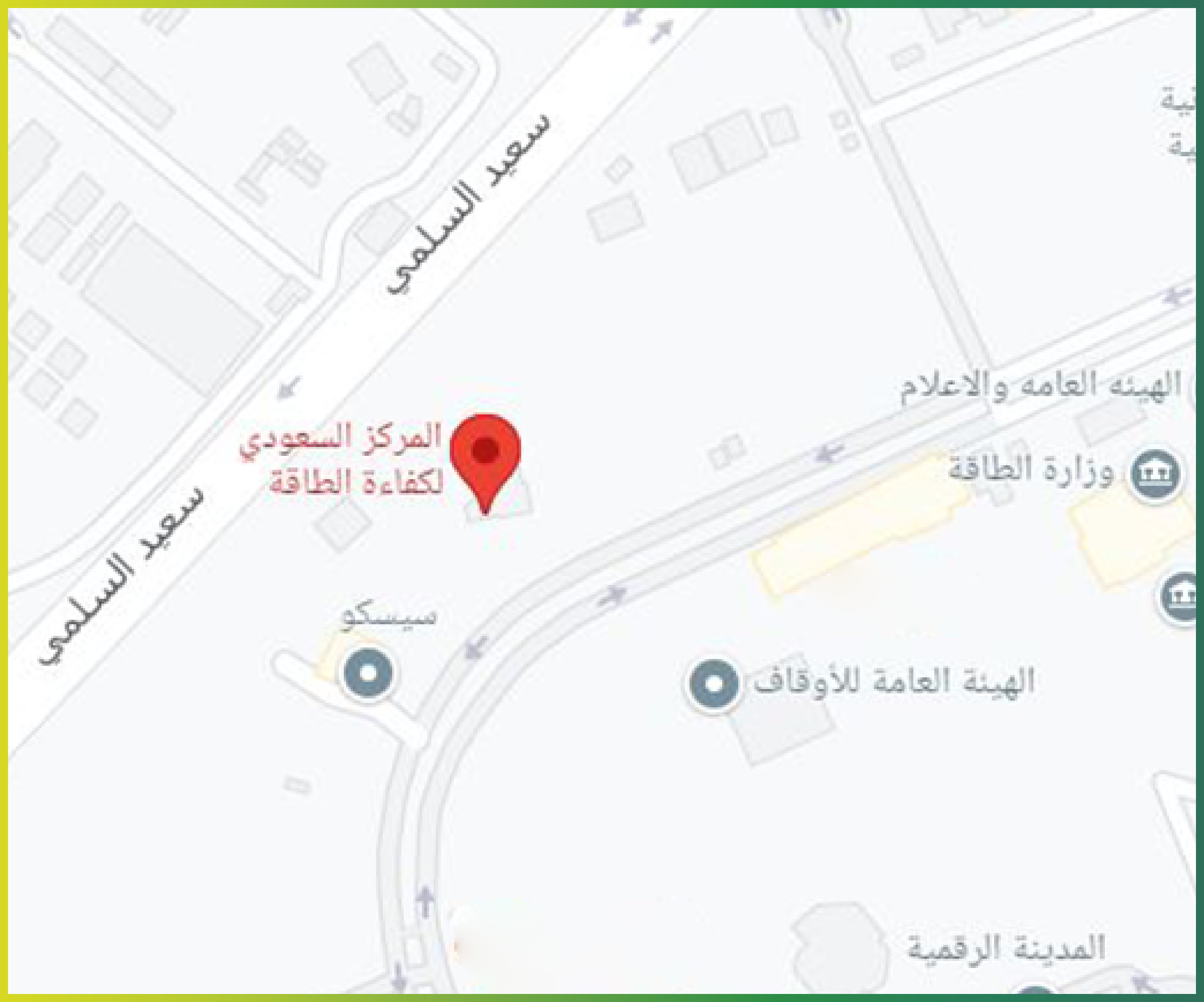Introduction:
The land transport sector accounts for almost 19% of the total energy consumed in the Kingdom, which translates to 810,000 barrels of oil equivalent per day.
Through cooperation with various relevant entities, SEEC implemented various initiatives to increase the fuel efficiency of light-duty vehicles. One major initiative is called the Saudi Corporate Average Fuel Economy (CAFE) standard, which aims to improve vehicles' fuel economy by 3% on an annual basis.
Scope of Work
- Light-duty vehicles “LDVs”.
- Heavy-duty vehicles “HDVs”.
Land Transport Sector Initiatives

Improving EE in LDVs

Improving EE in LDVs
Projects:
- Saudi Corporate Average Fuel Economy Standard (CAFE).
- Fuel Economy Label.
Findings:
- 19.2% improvement in new fleet’s fuel economy since the implementation of the Saudi CAFE standard.
-
26% increase in the number of vehicles registered in the “excellent” category and above.

Improving the EE of Tires for New Vehicles

Improving the EE of Tires for New Vehicles
Projects:
- Implemented the first phase of tires' energy efficiency standard in November 2015.
- Implemented the second phase of the standard, with higher energy efficiency requirements, for light-duty vehicles in November 2019, and for heavy-duty vehicles in November 2020.
Findings:
- 65% increase in the number of tires registered in the "green" category.

Economical Driving Practices

Economical Driving Practices
Pre-purchase instructions:
- For each class of vehicles, there are high and low fuel-efficient models. Therefore, make sure to buy a vehicle with a higher fuel economy level according to the fuel economy label.
- Make sure to purchase highly efficient tires by reviewing each tire’s energy efficiency label.
- Make sure to choose the corrcect tire size as recommended by the vehicle’s manufacturer.
Post-purchase instructions:
- Periodic maintenance of the vehicle and adherence to the maintenance schedule indicated in the vehicle owner’s manual improves the fuel efficiency.
- Using the engine oil recommended by manufacturer can reduce fuel consumption by 2%;
- Maintaining the correct tire’s air pressure as recommended by the vehicle’s manufacturer can preserve the lifetime of tires, improve safety, and reduce fuel consumption.
- Performing periodic wheel alignments ensures a reduction of friction between the tires and the road. Thus, reducing the vehicle’s fuel consumption and increasing the lifetime of tires.
- Make sure to use the right fuel as recommended in the vehicle owner’s manual in order to get the best performance of your vehicle.

Improving EE in LDVs

Improving EE in LDVs

Improving the EE of Tires for New Vehicles

Improving the EE of Tires for New Vehicles

Economical Driving Practices

Economical Driving Practices
Projects:
- Saudi Corporate Average Fuel Economy Standard (CAFE).
- Fuel Economy Label.
Findings:
- 19.2% improvement in new fleet’s fuel economy since the implementation of the Saudi CAFE standard.
-
26% increase in the number of vehicles registered in the “excellent” category and above.
Projects:
- Implemented the first phase of tires' energy efficiency standard in November 2015.
- Implemented the second phase of the standard, with higher energy efficiency requirements, for light-duty vehicles in November 2019, and for heavy-duty vehicles in November 2020.
Findings:
- 65% increase in the number of tires registered in the "green" category.
Pre-purchase instructions:
- For each class of vehicles, there are high and low fuel-efficient models. Therefore, make sure to buy a vehicle with a higher fuel economy level according to the fuel economy label.
- Make sure to purchase highly efficient tires by reviewing each tire’s energy efficiency label.
- Make sure to choose the corrcect tire size as recommended by the vehicle’s manufacturer.
Post-purchase instructions:
- Periodic maintenance of the vehicle and adherence to the maintenance schedule indicated in the vehicle owner’s manual improves the fuel efficiency.
- Using the engine oil recommended by manufacturer can reduce fuel consumption by 2%;
- Maintaining the correct tire’s air pressure as recommended by the vehicle’s manufacturer can preserve the lifetime of tires, improve safety, and reduce fuel consumption.
- Performing periodic wheel alignments ensures a reduction of friction between the tires and the road. Thus, reducing the vehicle’s fuel consumption and increasing the lifetime of tires.
- Make sure to use the right fuel as recommended in the vehicle owner’s manual in order to get the best performance of your vehicle.
Services:
In case you desire to purchase a light-duty vehicle or tyre, verify the information on the vehicle’s fuel economy label or the tyre’s energy efficiency label by scanning the QR Code in the “Taakkad” app developed by the Saudi Arabian Standards Organization (SASO) in cooperation with SEEC. “Taakkad” application can be downloaded from










